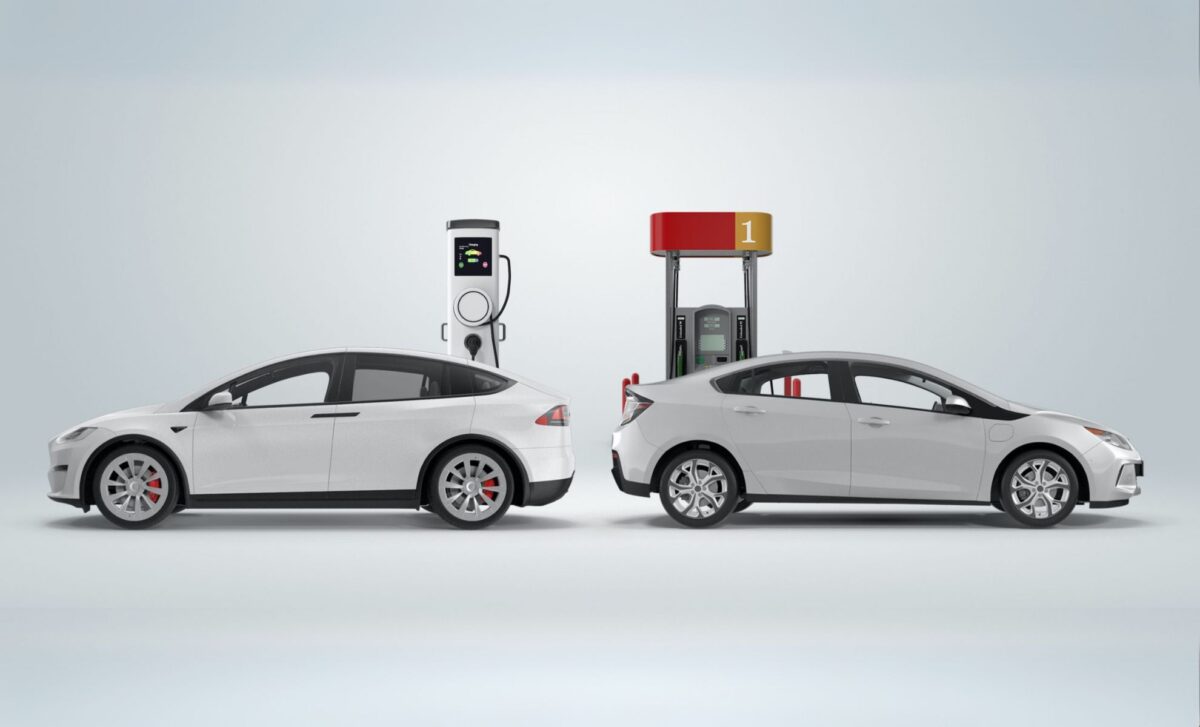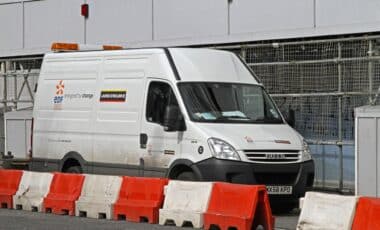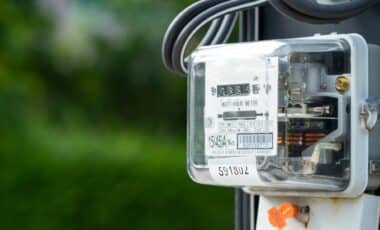Starting today, drivers in the UK will face increased Benefit-in-Kind (BiK) tax rates for their petrol, diesel, and electric vehicles. The changes, which were revealed during the Autumn Budget last year, will gradually shift the tax burden for company car owners, especially those with electric and hybrid vehicles.
These updates are designed to encourage the transition to electric vehicles while ensuring long-term tax certainty for both individuals and the broader automotive industry.
Context and Key Changes
The new tax rates will impact a wide range of motorists, particularly those involved in company car schemes. As part of the government’s strategy to meet carbon reduction goals, the tax rate for electric vehicles will rise over the next five years.
While the rates for EVs will gradually increase, they will still remain significantly lower than those for petrol and diesel cars.
These changes come as part of a broader effort to balance fiscal policy with environmental goals, offering incentives to switch to cleaner alternatives while simultaneously adjusting the tax system to reflect the increasing adoption of electric vehicles.
Impact on Electric Vehicles and Hybrids
For electric vehicle owners, the most significant change is the increase in their BiK rate from 2% to 3% starting from the 2025/26 tax year. According to the government’s announcements, the rate will continue to rise annually until it reaches 9% by 2029/30.
Despite this increase, electric cars will still enjoy a notable tax advantage over traditional petrol and diesel models, which generally face tax rates starting at 25%.
The gradual increase in tax rates is designed to provide long-term stability for EV owners, with a balance between incentivising greener alternatives and avoiding any sudden financial shocks.
Tax Changes for Hybrid and High Emission Vehicles
Hybrid vehicles, which currently benefit from lower BiK rates depending on their electric range and CO2 emissions, will also see significant tax increases. For hybrids with CO2 emissions between 1-50g/km, the tax rate will jump to 18% in 2028/29 and 19% by 2029/30.
Meanwhile, for vehicles emitting more than 51g/km of CO2, the tax rate will continue to rise in line with emissions, with the maximum rate reaching 39% by 2029/30.
Diesel cars that fail to meet the latest emission standards will continue to incur a four-percentage point surcharge, further widening the gap between low-emission and high-emission models.
These adjustments are expected to impact approximately 760,000 employees who drive company cars, raising significant revenue for the government in the coming years.









